From Diversity in Unity to Community Consciousness
CNS: Although various ethnic groups in China differ in appearance, dress, customs and many other aspects, the “big family” is often used as a metaphor for the relationship between ethnic groups in China. In your opinion, why China is able to form this kind of “big family” relationship? Why do we have the confidence to “cast the community consciousness of the Chinese nation”?
Ma Rong: In the course of historical development, many groups within the Chinese national community have still preserved many characteristics. Due to the trans-regional migration and inter-ethnic marriage in history, some ethnic groups have formed their own characteristics in physical constitution, dress, language, religious belief and customs. Some of these characteristics are pronounced, but others are barely distinguishable. According to Prof. Fei Xiaotong, “from the biological basis, or the so-called ‘descent’, it can be said that the integrated Chinese nation is often mixed and fused, no one group within it can be said to be ‘pure blood’ in terms of descent.” “The Pattern of Diversity in Unity of the Chinese Nation” put forward by Prof. Fei is very helpful in understanding the differences that exist among the various ethnic groups in China today. This is the historical basis and operating mechanism for the continuous consolidation and development of “A Community for The Chinese Nation” today, and it’s also our confidence for “casting the community consciousness of the Chinese nation”.
In the course of imperialist aggression in modern times, it is true that there were some separatist thoughts and activities among some ethnic groups in China, because at that time the Chinese people were not united enough and the state was not strong enough. Nowdays, we have the determination, confidence and strength to safeguard national sovereignty and security, and we will complete the final reunification of the mainland and Taiwan.
State universal language education reflects the process of modernization
CNS: At present, some western media often accuse the Chinese government’s effort to accelerate the modernization of ethnic minority areas as the destruction of ethnic minorities’ original lifestyle, such as attacking China’s universal education in the spoken and written Chinese language. How do you think about it?
Ma Rong: If a country needs to promote its industrialization and modernization, it is necessary for all citizens to have a common language tool that is conducive to learning and mastering modern scientific and technological knowledge. It is also necessary to learn and master a common language that is easy for people to communicate in the domestic labor market and employment environment. Therefore, all countries in the world are promoting their own “national common language education” in various ways, or it can also be called “national language education”. This is an objective requirement for the development of the state and society, and also an objective condition for every citizen (including those of ethnic minorities) to actively participate in the construction of the state and fulfill personal development. After the abolishment of “imperial examinations and the promotion of new schools” in 1905, coupled with the development of modern school education for more than 100 years, China’s national language (Chinese Mandarin) textbooks and teaching materials for various subjects have been quite mature. It is proved that the professional level of Chinese primary and middle school education can stand up to international comparison. In contrast, modern education in ethnic minority areas in western China started relatively late. For example, there was no modern primary school in Lhasa before 1952. The compilation of mathematics, physics, chemistry and other textbooks in minority languages requires not only native experts in each subjects, but also the support of a market which is big enough. Therefore, the fact of the matter is the quantity and quality of Uyghur, Mongolian, Kazak and Tibetan textbooks cannot meet the requirements of young students of minority groups to learn modern knowledge. In addition, a large pattern of cross-regional labor force mobility has formed in China, in order to help the western minority to learn and master modern knowledge and to get jobs outside their native places, learning and mastering the national language is a basic condition. Some people criticize China for promoting the national language education in the western regions, which is totally absurd. The governments of these countries also promote their own national language education. For example, without English skills, you can do nothing in US. However, there is no conflict between learning and mastering the national language and inheriting the mother tongue and traditional culture of the ethnic minorities.
Just think about it, if a Tibetan youth can only speak Tibetan, it is very hard for him to live in the urban area. Because he cannot speak Mandarin, he doesn’t have access to a lot of knowledge and information that Tibetan language programs don’t have in TV and internet. He also cannot shop or sell his own products through mandarin websites. Furthermore, his space of activity is bound to be extremely limited, which is very disadvantageous to the development of himself and his family. Young people of ethnic minorities have every right to join the modernization process of the state and society. Meanwhile, they will be better to inherit and protect their traditional culture.
The author Ma Rong, born in March 1950, is of Hui ethnic group. He worked in Dongwu Banner, Inner Mongolia, between 1968 and 1973 as a herdsman during the Cultural Revolution. He received his PhD in sociology from Brown University in 1987 and returned to China to teach at Peking University in the same year. He used to be the director of the Institute of Sociology and Anthropology, Chair of the Sociology Department at Peking University. He is now a Peking University Boya Chair professor. His publications in English include: Ethnic Relations in China (China Tebetology Publishing House, 2008), Population and Society in Contemporary Tibet (Hong Kong University Press, 2011), he also published several books in Chinese language focusing on Studies of ethnic relations, minority education and rural development in western China.











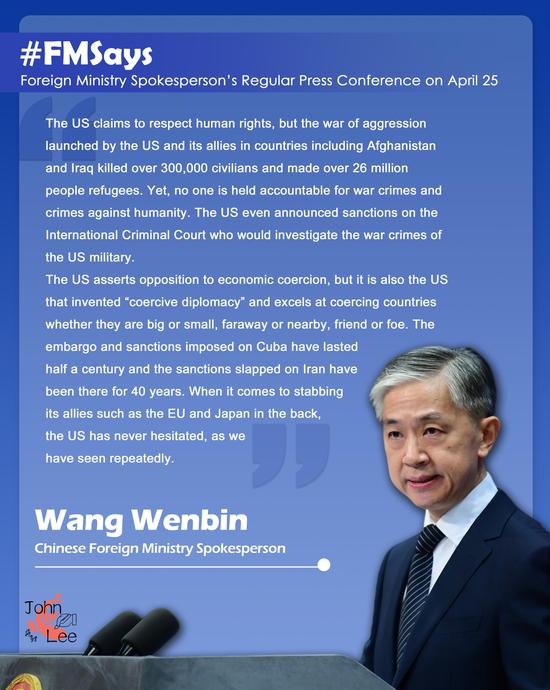









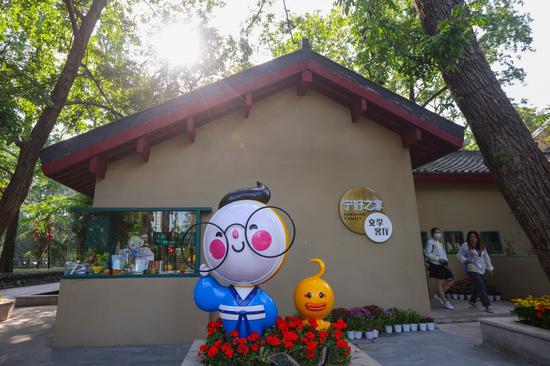

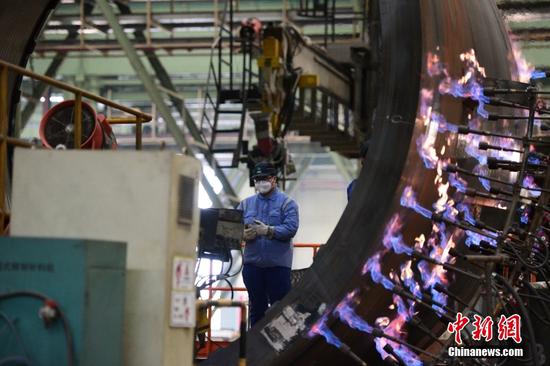


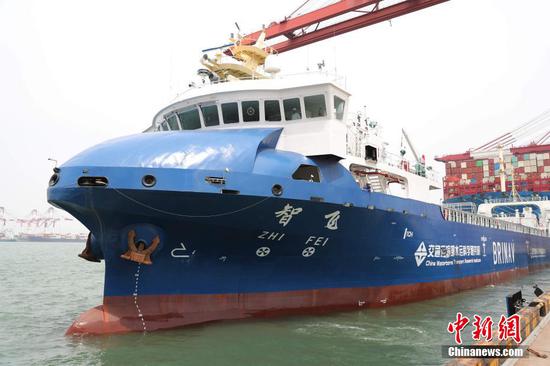





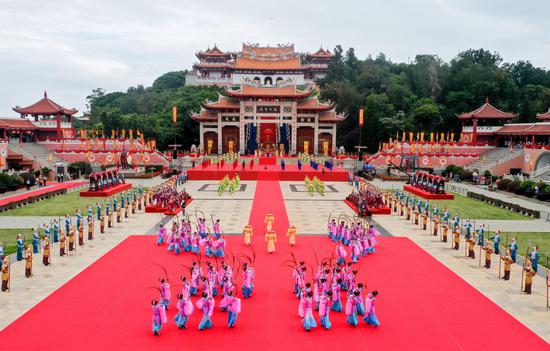





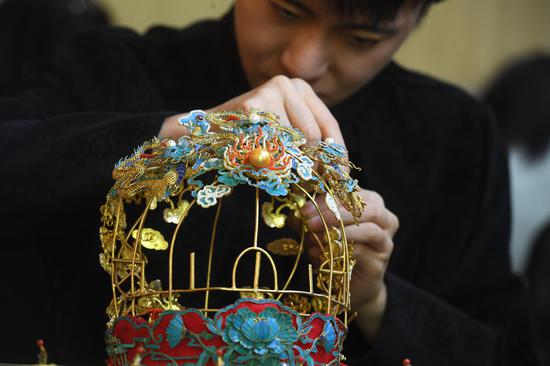


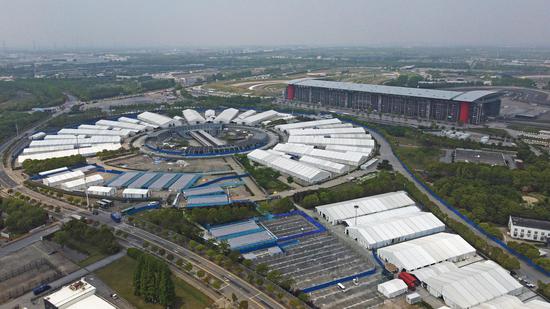


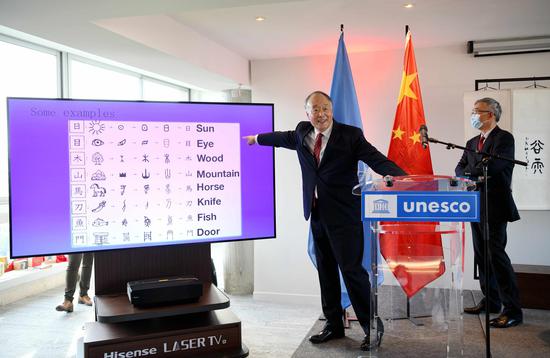

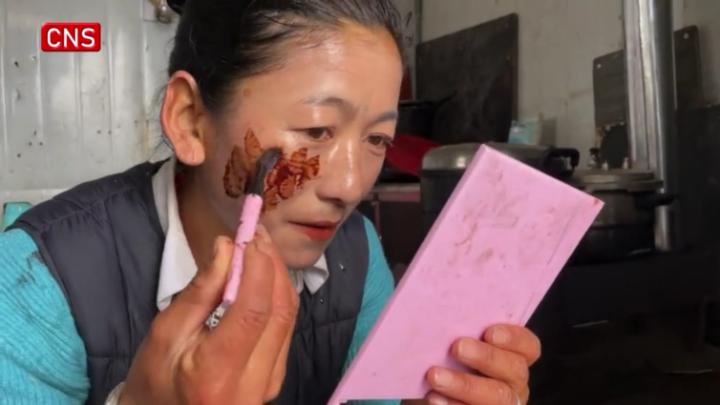



 京公网安备 11010202009201号
京公网安备 11010202009201号